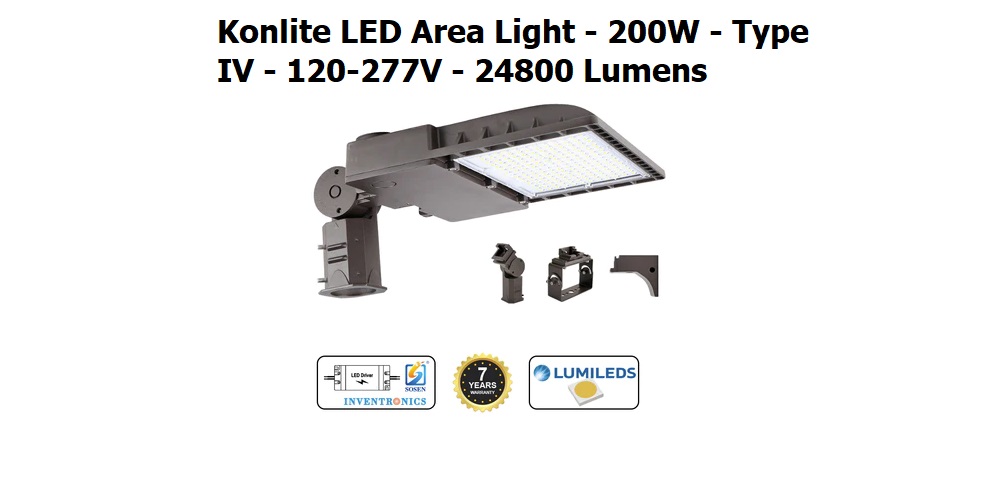
How to Light a Parking Lot: What You Need to Know About How Light Is Distributed
You can set up your parking lot to have the best light coverage by choosing the right mounting height, number of lights, pole placement, and beam angles. LED technology makes it easier to control where the light goes and uses less energy.
Before you start planning your parking lot lighting, you should find out if the area where your business is located has rules about how high lights can be mounted. This information is usually given to people who own commercial properties and should be considered.
Determine the Ideal Mounting Height
Lights in parking lots are typically mounted between 12 and 20 feet above the ground but can be placed as high as 35 feet above. Your parking lot’s dimensions will be considered when recommending pole heights. Larger lots call for taller poles, and vice versa.
Consideration must also be given to whether or not your location is urban, suburban, or rural. You should reduce the quantity of light that travels beyond the boundaries of your land wherever you run a business. You should probably go with shorter poles if your property is close to many other houses so that glare isn’t an issue. Taller poles will also be an option in rural regions.
The Distance Between Poles
You can decide on the fixture distance as soon as you determine the mounting height. If you want to minimize the number of poles needed, you should increase the mounting height.
For the same reason, the poles in the heavily populated area should be closer together than the poles in the rural area, which should be further apart.
The Different Beam Angles
Beam angle should be your last point of consideration for optimal light dispersion. The beam distribution varies depending on factors including the nature of the application and the surrounding lighting.
Type III Beam
The forward and lateral projection of light from a type III distribution creates an enveloping wash of illumination. It can be used for both perimeter illumination and back-to-back installation on central pole positions, making it a versatile option for parking lots of various sizes.
When it comes to light dispersion types III and IV, a 40-degree lateral width is optimal. This pattern works well for fixtures installed in or near areas with widths no more than 2.75 times the mounting height.
Type IV Beam
A semicircle of forward light is generated by the type IV distribution, while backlighting is kept to a minimum. The intensity of this type of beam remains constant from 90 degrees to 270 degrees. It works great for outlining parking lots and stores.
The ideal lateral breadth for a Type IV light dispersion is 60 degrees. This is a common layout for highways with lanes wider than 3.7 times the mounting height.
Type V Beam
Type V creates a square umbrella pattern of light for indoor pole installations. This distribution is symmetric in terms of candlepower and has the same brightness from any angle.
Such a system is ideal for huge commercial parking lots requiring evenly dispersed lighting.
Final Thoughts
Pole-mounted parking lot lighting illuminates parking lots, pathways, and roads. This type of outdoor lighting can help illuminate roads and walkways. Parking lot lighting commonly uses pole-mounted Type III, IV, and V luminaires in single, double, and quadruple sets. Parking lot installation configuration and intensity distribution can be modified. Parking lot center lamps could use Type V light distribution. The perimeter lights can use Type III and Type IV bulbs.
